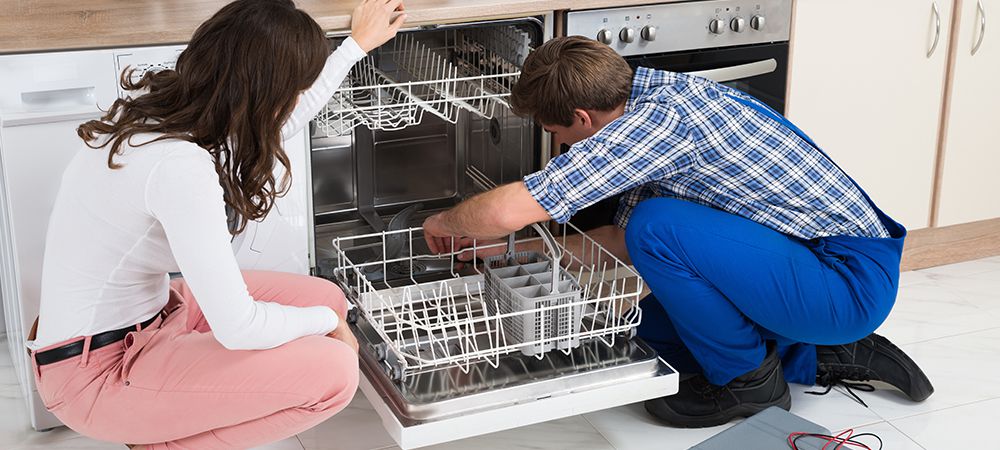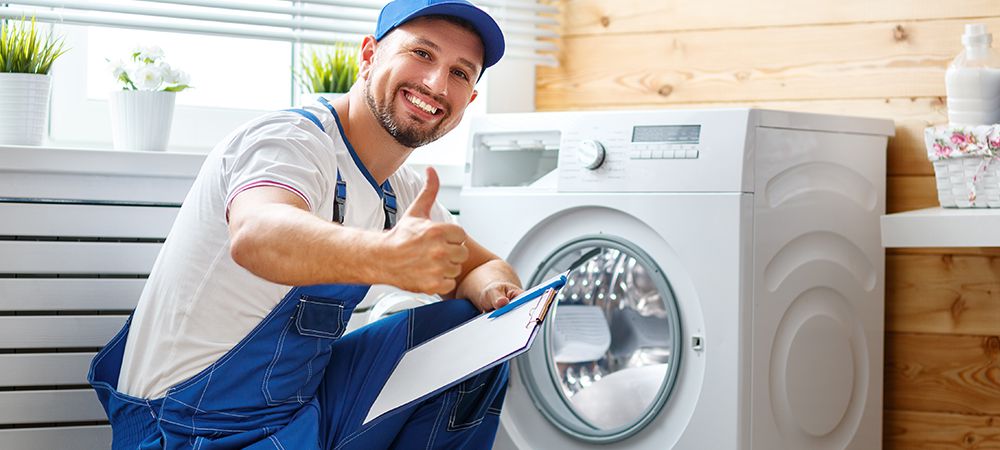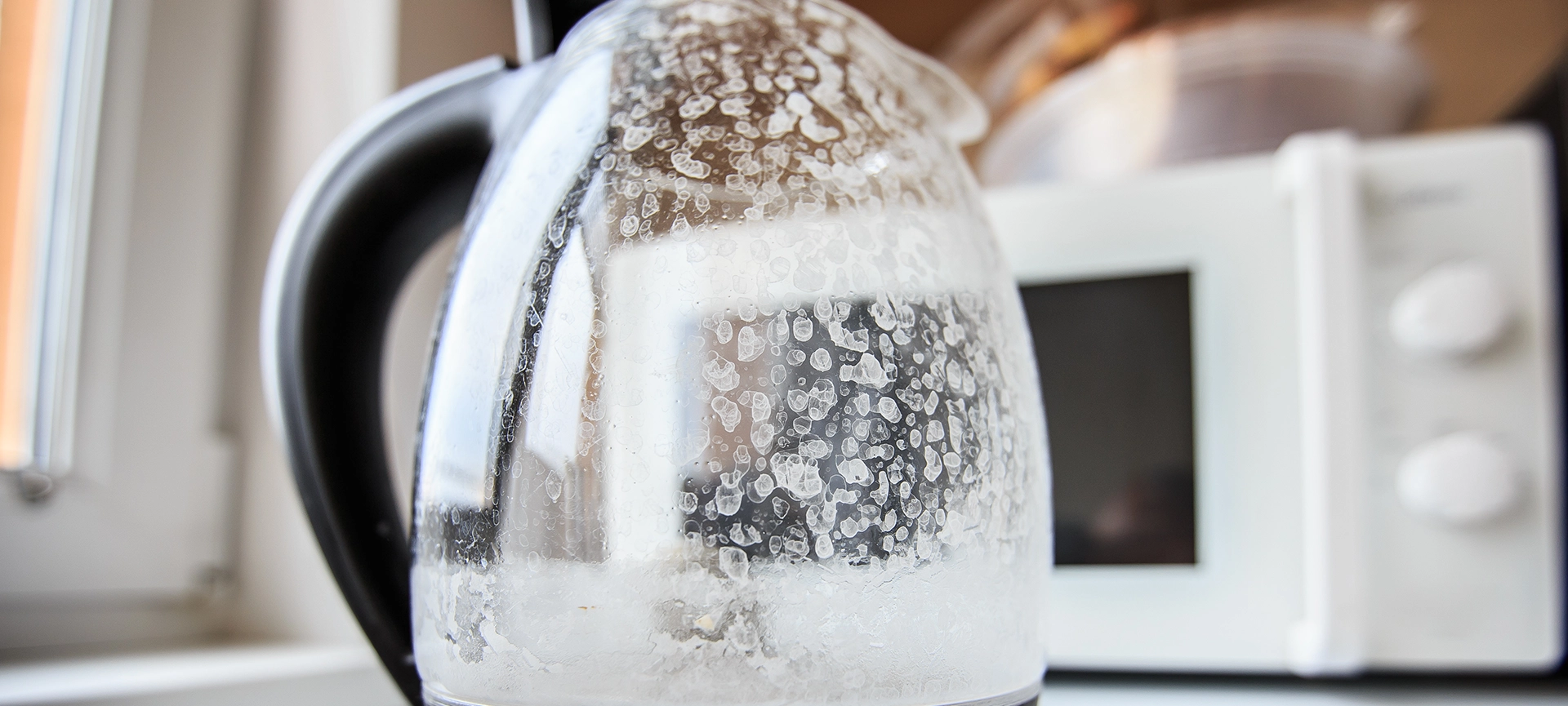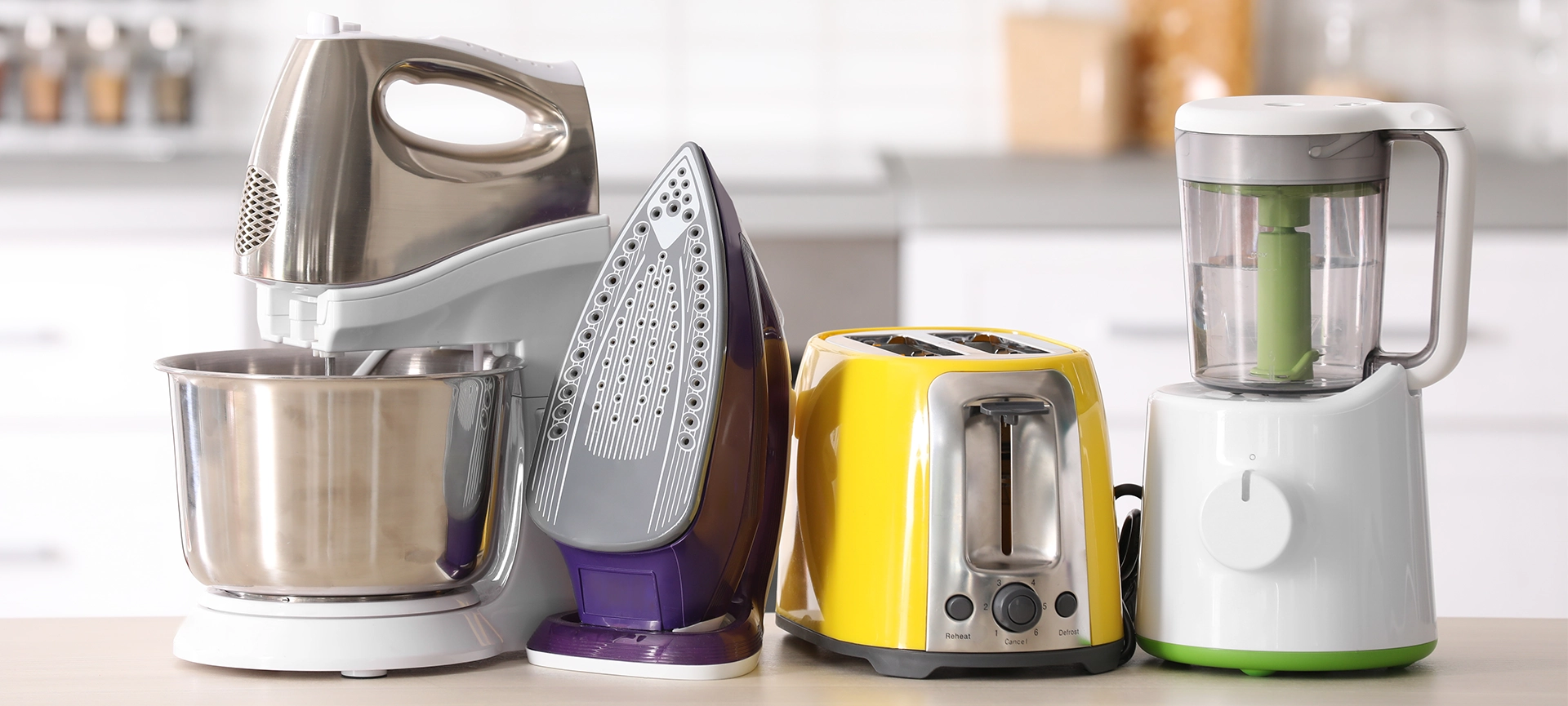You need to repair major appliances to help your home run more effectively. Defective home appliances can be inconvenient and cause the home to be unkempt. It’s one of the reasons you need to ensure that you fix any faulty appliance immediately.
This article shares vital information on some repairs you can try out by yourself. However, if the issue becomes too technical, you may need to step down and call for an expert. Alongside, we’ll also explore general tips for fixing household appliances.
Comprehensive Guide to Repair Major Appliances
Appliances typically last for 10 to 15 years, but they sometimes break down in between. These appliances range in size, efficiency, and purpose, meeting various needs that make life easier. Household appliances rely on gas or electricity for power, and they have to keep constantly running to serve their purpose.
When appliances break down, the best bet is to call for professional appliance repair services to have a look at the problem. Then there’s also the option of fixing the problem yourself and saving some money.
But before you pick up your screwdriver to dislodge a washer or microwave, there are certain boxes you must tick. Also, you must have first-hand knowledge about certain factors before repairing appliances by yourself.
Additional Information on Major Appliance Repair
Information is key to understanding the appliance you’re about to fix. For instance, you have to understand the type of appliance you’re about to fix. You also have to know the voltage the appliance requires to operate. See more explanation below:
Small Appliances
Small appliances run on AC current from a circuit box wiring in your home. Smaller appliances can run on 110-120-volt circuits with their plugs having only two blades. Appliances running on such voltage are typically simple machines and require lesser voltage to function.
These smaller appliances consist of a fan, a simple heating element, or a set of blades connected to a drive shaft. Repairing such appliances is usually simpler in comparison to the bigger ones.
Large Appliances
On the other hand, large appliances like dryers, ranges, and air conditioners need up to 220- 240- volt wiring. Such devices can’t function on 110-120-volt circuits and often require a grounding wire.
Large appliances like washing machines have different components that ensure they function effectively. These components serve various purposes and can develop problems at different times. Furthermore, a singular component failure can affect the system partially or cause an entire system shutdown. Knowing how to diagnose the problem with a faulty appliance is as important as knowing how to fix it.
Diagnosis
The complexity of major appliances makes it a bit difficult to identify the faulty component. Firstly, you need to decide if the issue is with the mechanical or control components present in the appliance. For example, a dryer has control devices that determine heat levels and mechanical parts responsible for turning the drum.
The control system is the culprit when the dryer isn’t heating up, but the drum is turning. If the drum doesn’t turn but the dryer heats, the issue is with the mechanical system. You can use this type of analysis to identify the type of failure. It’ll help you know if it’s a mechanical issue or a control system problem.
To discover the exact problem, you must scrutinize every part of the defective system to find the faulty component. Diagnosis isn’t as complicated as it sounds. You just need to understand that all appliance components function logically. Begin with the uncomplicated possibilities, checking the parts one after the other until you find the problem source.
Important Precautions for Major Appliance Repairs
It’s important to observe the following while trying to repair major household appliances. Don’t try to cut corners and end up ignoring these rules. Failure to take caution can be hazardous and even lead to fatal injuries.
- Disconnect the appliance from its power source before testing it for diagnosis or making any repairs.
- If you need to check the repair status, don’t touch the appliance after turning it on. You can just turn on the appliance and make observations from afar. Also, if you need to make adjustments, turn off the power.
- Call for repair services if the appliance parts are sealed with welds or rivets.
- Ensure you replace defective components with authentic ones. You can have a look at the manufacturer’s guide for installation advice.
How to Troubleshoot Faulty Appliances
When a major appliance develops an issue, your first instinct should be to call for experts to help you out. But do you know that most appliance problems are easy to fix, even with minimal technical knowledge? See more details below:
Washer
Your washer may just need a simple fix to get it running again if it’s malfunctioning. For instance, if your front loader doesn’t come on, check the lid strike switch on the door frame. That switch needs to move freely for the machine to operate properly. If the washer doesn’t come on, you can check the power cord and ensure you connect it properly.
Sometimes, the washer may not agitate. You can check for bad directional cogs in the cone-shaped plastic agitator. If the machine isn’t draining, check for debris blocking the pump that drains the unit mechanically.
Refrigerator
Your refrigerator is another major appliance you can troubleshoot before calling for repairs. For example, if your fridge refuses to come on, you can check if it’s properly connected to power. Check the sockets to know if it’s loose.
The door seal can also cause your fridge to malfunction. You have to clean the door gasket with warm soapy water or replace it entirely if need be. Also, if the fridge light won’t come on, remove the plunger switch and clean it with warm water.
Microwave
When you have a problem with your microwave not coming on, you can try to reset the GCFIoutlet by clicking on the reset button. You may have a blown fuse issue on your hands If the microwave doesn’t come on right after.
You can buy a replacement fuse in appliance parts stores. Afterwards, unplug the appliance and turn off the circuit breaker. Then you can access the fuse and replace it appropriately.
Dryer
Dryers not heating properly can be a big problem. Start by unplugging it from power to avoid electrocution. Next is to check the circuit breaker because they’re prone to flipping off due to the dryer’s heavy energy consumption rate. You can also check the dial and ensure it’s set to a heat cycle, not an air-only cycle.
Related Article: 10 Best Options for Appliance Repair in Toronto
How to Repair Major Appliances
Repairing major appliances by yourself can be a great way to save yourself some good bucks and time. Here’s what you can do to fix a faulty appliance.
Disassembling Major Appliances
There are different types of major appliances, but they all have the same disassembly procedure.
Start by removing the parts in a reverse manner of the manufacturer’s packaging. You can also explore your owner’s manual for instructions and diagrams on assembly.
Don’t forget that you’ll have to reassemble the appliance. Therefore, it’s best to set out the parts in the order you’re taking them out. You can take notes and drawings as you proceed to avoid mistakes.
Begin with the knobs and fasteners you can see. Most knobs are mostly push-fit; you just need to pull them off their control shafts. You may have to look for hidden fasteners for some areas to avoid forcing parts apart.
Fixing the Fault
This section discusses the common parts among major appliances and how to repair them. For instance, if you can fix the power cord of an oven, you can replicate the knowledge and process for a refrigerator.
Power Cord
Most times, major appliances start acting up due to defective power cords. When the power cord is bad, it may not conduct electrical current as it should. A bad power cord may cause the appliance to malfunction and possibly damage it in the long run.
If you suspect it to be the issue with the appliance, you can use a continuity tester to test the power cord. Fasten the tester to a plug blade and connect the probe to either of the two wires. The tester will light or buzz to indicate that the cord isn’t faulty. But if it doesn’t, it means that the cord is bad. You have to replace the cord to get your appliance up and running again.
Thermostats
Thermostats control the temperature in a heating or cooling device, and it’s usually an important component in major appliances. In major appliances, thermostats may use bimetal thermodisc, gas-filled bellows, or bimetal strips to control temperature.
Here’s how to check that the thermostat is working:
- Step 1: After disassembling the appliance, you can access the thermostat and test it using a continuity tester. Don’t forget to set the tester to a scale of RX1.
- Step 2: Affix the continuity tester clip to one of the thermostat’s leads, then touch the probe to the other. The continuity tester will indicate whether the thermostat is good by either lighting or buzzing.
- Step 3: The next thing to do is reduce the temperature control dial. You’ll see the contact points open at the thermostat. Typically, the tester will stop glowing or buzzing once the contacts open.
- Step 4: After the first three steps, if you notice that the thermostat is faulty, you must replace it with a new one.
Repairing Wiring-related Problems
The repair of major appliances mostly consist of wiring problems. The complexity of wiring in major appliances like a washer controls multiple operating cycles. These wires are usually in a harness.
When installing a new component, you must carefully sort out these wires for each wire connection. Before disconnecting any appliance, mark the wire’s original position so that you can attach it accurately afterwards.
Switch
A switch can fail due to issues with the housing or the contact. When the switch of a major appliance is bad, flip it in the ON state to see if the contacts will touch as they move into position. You can declare the housing faulty if the contacts aren’t operating rightly, then go on to replace it. Observe the steps below to help you with fixing the switch of a major household appliance:
- Step 1: You need to disassemble the appliance and test the switch with a continuity tester. The tester has to be set to the scale RX1.
- Step 2: Clasp the continuity tester to a lead of the switch, then connect the probe to the other. Also ensure that the appliance is disconnected.
- Step 3: The next thing is to turn on the switch to know if it’s working. The tester typically lights or buzzes to indicate that the switch is working. In a situation where the tester doesn’t indicate by buzzing or lighting, the switch is bad and needs replacement.
- Step 4: Replace the bad switch with a similar component and connect it to the same position as the previous one.
Heating Elements
Heating elements consist of metals with high resistance to electricity. The three types of heating elements include ribbon, wire, and rigid. The following steps will help you ascertain if the heating element is functioning:
- Step 1: Test the heating element with a continuity tester. Set the tester to RX1 scale.
- Step 2: A good element will cause the tester to buzz or light. If the tester doesn’t indicate, you have to replace the element.
Timers
Timers are essential parts of major appliances that have repeat cycles. It’s not advisable to repair timers, although it’s possible. The reason is, repairing a timer may be costlier than replacing it. You can observe the following steps to know if the timer is functioning:
- Step 1: Use a continuity tester to test the timer. Ensure you can fix the wires back before disconnecting them. You can make a rough sketch showing the position of the wires before going on to disconnect them. It’ll make the repairs straightforward.
- Step 2: Hook one of the tester’s probes to the terminal. Place the other probe to each cycle terminal in turn. Rotate the knob of the timer as you work. The tester will light or buzz at each circuit to certify that the timer is okay.
- Step 3: If a circuit or two doesn’t respond, it’s time to replace the timer. You have to disconnect the wires of the timer gently to replace it. Also, while fixing the new timer, be careful with the wiring to avoid misconnection.
Pilot Lights
When a pilot light goes out, you can fix it by following the steps below:
- Step 1: Turn the gas valve to OFF, and wait about three minutes for built-up gas to clear. After the wait time, take the valve back to PILOT. Keep the safety button depressed.
- Step 2: Next step is to light a match and hold it over the orifice as you switch the valve to ON. When the pilot starts burning brightly, you can release the reset button.
- Step 3: If you try step one and two, and the pilot flame goes off after several tries, it’s best to call for repair services. Don’t try to work on it or touch the mechanism or gas line because it can be dangerous.
Related Article: 7 Most Common Electric Cooktop Problems
Final Thoughts
Major appliances are essentials in every home, and you need to repair them immediately they begin to malfunction. Some of these faults you can fix, while others need professional attention.
At Prime Appliance Repairs, our repair technicians can get your device working the same day you call us. Contact us today for speedy, same-day appliance repair services!









